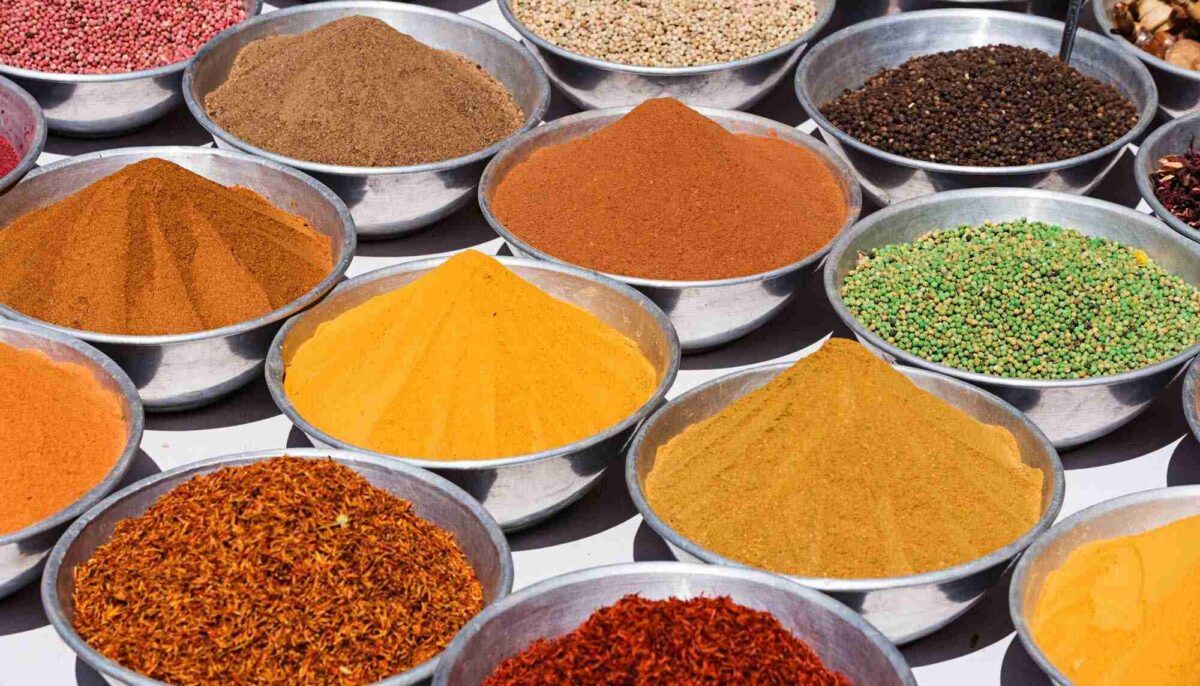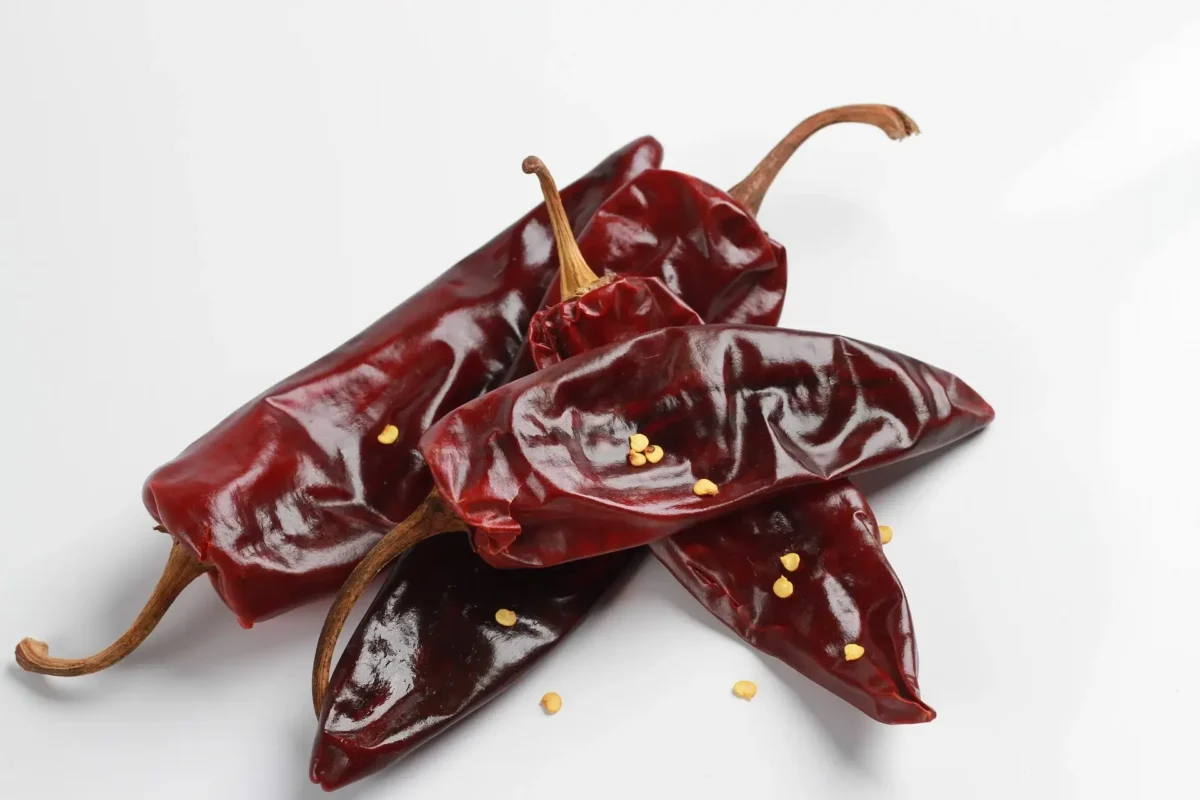If you are a fan of exotic spices, then cardamom should be at the top of your list. Cardamom, also known as the “Queen of Spices”, has been relentlessly used for centuries in various cultures as a seasoning agent and for its medicinal properties. In this guide, we will explore cardamom’s history, benefits, and uses.
Table of Contents
What is Cardamom?

Cardamom is a spice made from the seeds of plants belonging to the genera Elettaria and Amomum. It is native to India and Sri Lanka but is now grown in other parts of the world, including Guatemala, Tanzania, and Papua New Guinea. The spice is generally sold in the form of small pods or as loose seeds.
Cardamom has a strong, sweet, and spicy aroma, and a pungent, slightly sweet taste with hints of lemon and mint. It is commonly used in sweet and savory dishes, as well as in hot beverages like tea and coffee.
History of Cardamom
Cardamom has been used in Ayurvedic and traditional Indian and Chinese medicine for thousands of years. It was also largely valued in ancient Egypt and Rome, where it was used as a fragrance or perfume and had medicinal properties.
The spice became popular in Europe during the Middle Ages, used as a flavoring agent and a remedy for various ailments. It was also highly valued in the Arab world, where it was used in cooking and for medicinal purposes.
Types of Cardamom

There are two main types of cardamom: green cardamom and black cardamom. Green cardamom is the most common type and is frequently used in Indian and Middle Eastern cuisine. It has a sweet and flowery aroma and a slightly sweet taste.
Black cardamom, on the other hand, has a smoke-filled and earthy aroma and a strong, pungent taste. It is generally used in savory dishes like curries and stews.
Also Read: Indian Spices : The Rich and Flavorful World of Spices
Nutritional values of cardamom:
Cardamom is a spice that is widely used in cooking and baking. It is also known for its potential health benefits. Here are some of the key nutritional values of cardamom:
- Calories: 6 per teaspoon (2 grams)
- Carbohydrates: 1.3 grams per teaspoon (2 grams)
- Fiber: 0.6 grams per teaspoon (2 grams)
- Protein: 0.1 grams per teaspoon (2 grams)
- Fat: 0.1 grams per teaspoon (2 grams)
- Vitamin C: 0.2 milligrams per teaspoon (2 grams)
- Iron: 0.2 milligrams per teaspoon (2 grams)
- Magnesium: 1.6 milligrams per teaspoon (2 grams)
Cardamom is a superb source of antioxidants and has been shown to have anti-inflammatory properties. It may also have benefits for digestive health and may assist to regulate blood sugar levels. However, more research is needed to affirm those potential health benefits. Overall, adding cardamom to your diet can provide a burst of flavor and a boost of potential health benefits.
Health Benefits of Cardamom
Cardamom is not just a flavorous spice; it also has several health benefits. Here are some of the ways in which cardamom can benefit your health:
Digestive Health
Cardamom is known to assist digestion and help relieve digestive issues like bloating, gas, and constipation. It can also help restore the production of gastric juices and enzymes, which aid in the breakdown of food.
Respiratory Health
Cardamom has been used for centuries to treat respiratory problems like asthma, bronchitis, and coughs. It contains composites that have anti-inflammatory and expectorant properties, which help to settle the breathing system.
Oral Health
Cardamom has antimicrobial properties that could assist in combat bad breath and save you from oral infection. It is also believed to help relieve toothaches and gingivitis.
Cardiovascular Health
Cardamom has been proven to have cholesterol-reducing properties and may assist decrease blood pressure. It also carries antioxidants that may help save you from the oxidative strain which is a risk component for a heart disorder.
Anti-inflammatory Properties
Cardamom contains compounds that have anti-inflammatory properties, that may assist reduce inflammation in the body. Chronic inflammation has been connected to numerous illnesses, such as most cancers, diabetes, and arthritis.
Also Read: Corn Syrup Substitute: Best Sweet Alternatives for Baking and Cooking
Culinary Uses of Cardamom

Cardamom is a versatile spice that is utilized in both sweet and savory dishes. It is a far more popular element in Indian and Middle Eastern cuisine and is used to flavor curries, stews, and rice dishes. In Scandinavian nations, it is used to flavor pastries and baked goods.
In addition to its use in cooking, cardamom is also used to flavor hot beverages like tea and coffee. It is typically used to make masala chai, a famous spiced tea from India.
Cardamom in Traditional Medicine
Cardamom has been used for centuries in traditional medication to deal with various ailments. It has been used to relieve digestive troubles, respiratory problems, and oral health problems. It is also believed to have aphrodisiac properties and is sometimes used to deal with sexual dysfunction.
At the same time as there’s little scientific proof to guide those traditional uses, more research is needed to verify the effectiveness of cardamom in treating these situations.
Cardamom Production and Trade
Cardamom is produced in several international locations around the world, along with India, Sri Lanka, Guatemala, Tanzania, and Papua New Guinea. India is the biggest producer and exporter of cardamom in the world.
Cardamom is traded as whole pods or as loose seeds. The rate of cardamom can range depending on the sort and quality of the spice, as well as marketplace demand.
How to Select and Store Cardamom
When buying cardamom, look for pods that are plump and green or brown in color. Avoid pods that are discolored or shriveled. If buying loose seeds, make sure they are fragrant and have a strong aroma.
Store cardamom pods in an airtight container in a cool, dark place. They can be stored for up to a year. Ground cardamom should be used within six months for the best flavor.
Cooking with Cardamom
Cardamom is a versatile spice that can be utilized in a variety of dishes. Here are a few ideas for using cardamom in your cooking:
- Add cardamom pods to rice dishes for a fragrant and flavorful twist.
- Use cardamom in marinades for meat or fish.
- Add ground cardamom to baked goods like muffins and cakes for a warm and spicy taste.
- Use cardamom in spice blends for curries and stews.
Also Read: Authentic Hakka Spice: The Flavorful Heart of Hakka Cuisine
Conclusion
Cardamom is a flavorful and versatile spice that has been used for hundreds of years for its medicinal properties. It is used in a variety of dishes, from curries and stews to pastries and baked items. Cardamom is also believed to have several health benefits, including aiding digestion, improving respiratory health, and reducing inflammation.
Whether you’re a seasoned cook or just starting out in the kitchen, cardamom is honestly really worth exploring. simply remember to store it properly and use it sparsely to experience its specific flavor and potential health advantages. If you haven’t tried cardamom yet, it is without a doubt worth including in your spice collection.
FAQs
Is cardamom safe for consumption?
Yes, cardamom is safe for consumption in small amounts.
Can cardamom be used as a substitute for other spices?
Yes, cardamom can be used as a substitute for cinnamon or nutmeg in some recipes.
How is cardamom used in traditional medicine?
Cardamom has been utilized in traditional remedies to deal with digestive problems, breathing issues, and oral health problems.
How long does cardamom last?
Cardamom pods can be stored for as much as a year, whilst ground cardamom must be used within six months for a high-quality taste.
What are some culinary uses of cardamom?
Cardamom is a versatile spice that is utilized in each sweet and savory dishes. it’s far a famous ingredient in Indian and middle eastern delicacies and is used to flavor curries, stews, and rice dishes. In Scandinavian nations, it’s far used to taste pastries and baked items.
Can cardamom be used in beverages?
Yes, cardamom is typically used to flavor hot beverages like tea and coffee. it’s far generally used to make masala chai, a famous spiced tea from India.
Is cardamom expensive?
The price of cardamom can vary relying on the type and high quality of the spice, as well as market demand. but, it is usually considered to be a more highly-priced spice in comparison to others.
What are some health benefits of cardamom?
Cardamom is assumed to have numerous health benefits, together with assisting digestion, enhancing breathing health, and lowering inflammation.
How should cardamom be stored?
Cardamom should be stored in an airtight container in a cool and dry place, far from direct sunlight and heat. It is essential to protect cardamom from moisture and humidity, as they can cause the spice to lose its flavor and aroma over time.
You can store whole cardamom pods or ground cardamom in an airtight glass jar or plastic container with a tight-fitting lid. Keep the container in a pantry or cabinet, away from the stove or any other heat source.
Keep away from storing cardamom in the fridge or freezer, as the moisture from those environments can cause the spice to clump or lose its flavor.
When properly stored, cardamom can last for up to 6 months for whole pods and up to three months for ground cardamom.
Can cardamom be used in savory dishes?
Yes, cardamom is a versatile spice that can be used in both sweet and savory dishes. It is often used in marinades for meat or fish and in spice blends for curries and stews.

Rupesh Sagvekar is Content writer, Food blogger and owner of Manvik Foods, an online shop in Mumbai, India that specializes in selling high-quality dry fruits, nuts, berries, whole and powdered spices. Under the authority of Manvik Enterprises Organisation, Rupesh and his team believe that quality is of the utmost importance. They take great care to ensure that their products are verified, tested, and of the best possible quality. Rupesh’s goal is to make sure that every customer is satisfied with what they receive from Manvik Foods.
As an Amazon affiliate, Manvik Foods ships their products all over India, allowing customers from all corners of the country to enjoy their delicious and nutritious products. With Rupesh at the helm, Manvik Foods has become known for their commitment to quality, exceptional customer service, and passion for healthy, natural foods.





I am regular visit᧐r, how are you everybody? This ρost
posted at this site is genuinely nice.